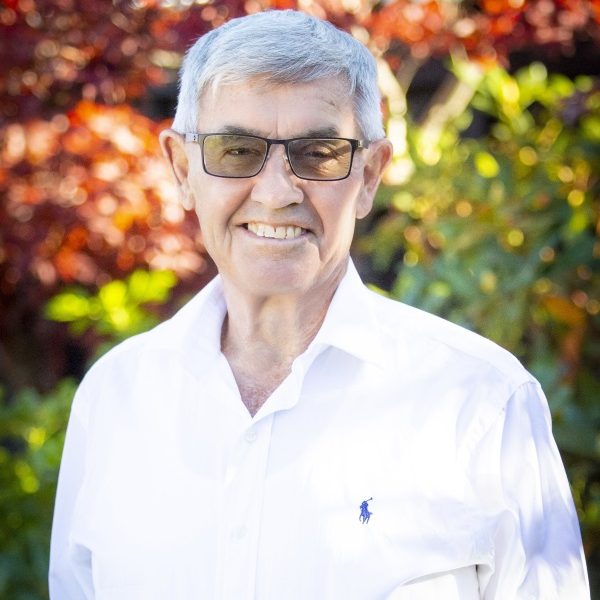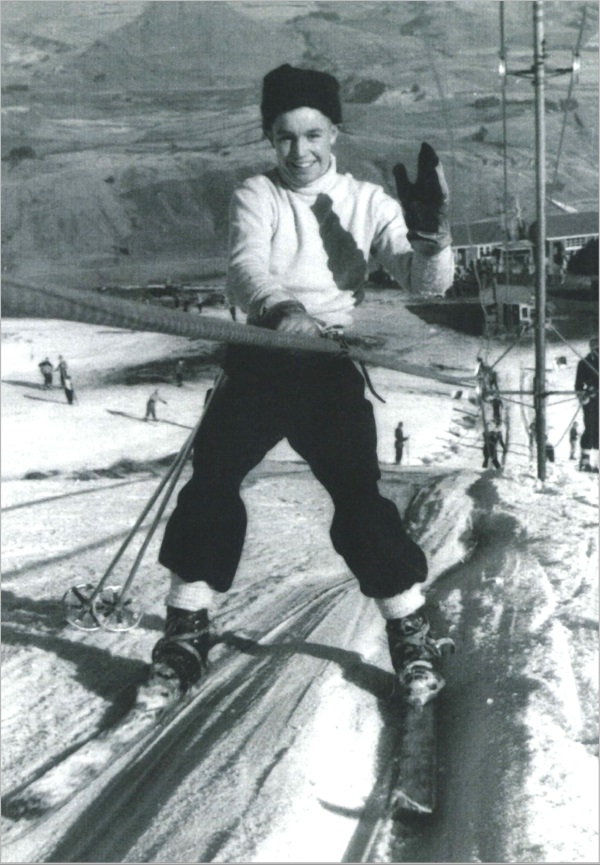Sir John Davies had no idea when he first skied Coronet Peak, aged 15, he’d end up the driving force behind its development into a world-class skifield. As Coronet readies for its 75th anniversary celebrations next week, Sir John talks to Lucy Wormald about his contribution to the skifield’s evolution
Growing up in Dunedin, a young John Davies visited Queenstown during school holidays with his parents, who built one of the first houses at Lake Hayes, to ski at Coronet Peak — graced only with a single-person rope tow.
‘‘So it was an experience … you didn’t ski down the hill because you had to wait in a queue for 50 minutes again, so you skied as far as you could, going across, and traversing, and turning, and crossing backwards and forwards,’’ Sir John says.
Fast forward almost 70 years, and it could be said Coronet Peak, New Zealand’s first commercial skifield, under Sir John Davies’ leadership has been one of the single most-important driving forces for Queenstown’s winter tourism and economy.
In those early days, Sir John says Coronet was busy, but a ‘‘basic operation’’.
The base building — known as ‘‘the pie palace’’ — sat 50 people, who dined on meat pies, made by Rees Street baker Bob Robins, and ‘‘a great big pot of tomato soup’’.
Sir John initially chased a farming career, working on properties in Southland and Central Otago before moving with his wife, Trish, to the Whakatipu in the early ’60s, looking to buy a farm here.
But life took a different turn when, while fielding for Wakatipu Cricket Club in ’64, Sir John caught wind from Warren Cooper, who was keeping wicket, a 40% stake in Wakatipu Transport was up for sale.
‘‘I said to the guy that was selling it, ‘could I have a go at buying it?’
‘‘I went to the bank on Monday morning to see if I could get some money and they asked me ‘what assets have you got’ and I said, ‘a Volkswagen and six dogs’.’’
The loan was approved and, over the next decade, Sir John built up Wakatipu Transport before merging it into Northern Southland Transport, formed Queenstown Concrete, and purchased Southland Bin Services.
He went on to become a Queenstown borough councillor, and then, in ’83, mayor, a position he held for six years.
Being voted out in ’89 was ‘‘in hindsight, the best thing that ever happened’’ because it encouraged him ‘‘back to work’’, with a focus on tourism.
‘‘If you go back 40 years, very few people came to Queenstown — it was a different era.
‘‘The road from Christchurch to Queenstown over the Lindis Pass was unsealed, so it was a challenge to get people [here].’’
But as improvements in the aviation sector and increased international services saw visitation start to grow, the resort begin to transition into a year-round destination.
‘‘It was certainly led in the early days by Coronet, and then Cardrona, and then The Remarkables and Treble Cone — those four ski fields have changed the whole aspect of tourism in Queenstown and Wanaka,’’ he says.
In the ’90s, Davies grew a portfolio of tourism ventures, most notably purchasing the Routeburn and Milford guided walk businesses and The Hermitage Hotel, and began to develop a reputation for turning struggling businesses into successful tourism experiences.
That’s why, in the early 2000s, when Air New Zealand put Coronet, The Remarkables and Mount Hutt skifields up for sale, NZSki manager Duncan Smith approached Sir John to buy them.
Despite hesitations around the future of skiing with global warming, he purchased NZSki with local investors, recognising solid investment would unlock the skifields’ full potential for both locals and visitors.
‘‘[Coronet] was declining at that stage, the numbers were coming but … generally speaking, the whole operation right from the snow side of it, to the transport side of it, the ticketing, the food and beverage, the rentals — everything was just limping along.
‘‘I have a very simple philosophy in all my business … I’ve taken the attitude that you’ve got to get the product right.’’

At Coronet, this meant introducing the biggest snowmaking system in the southern hemisphere, improving the quality and grooming of the snow, installing faster and more efficient chairlifts, and constructing a new $22 million base building.
He says it took two decades of spending enough ‘‘to make your eyes water’’ to get the field in shape with the new infrastructure.
‘‘I’m not a marketing person … I’m not really an in-depth financial person, I just have the ability to look at and improve the product and see what people want.’’
As Coronet Peak marks its 75th year, Sir John’s amazed at its evolution into a world-renowned destination.
‘‘It’s got a wonderful number of local people that learnt to ski there and it’s their favourite skifield.
‘‘They saw it go into decline, and they’ve seen us, as a family, come along and resurrect it and turn it into what it is.’’
While he says the transformation is owing to a collective dedication to the vision from locals, management and staff, he is proud of what his investment has achieved for the mountain and the community.
‘‘You can, for sure, see exactly what effect skiing has on the town with everybody here enjoying it, and I think it only enhances the
reputation of Queenstown.’’




